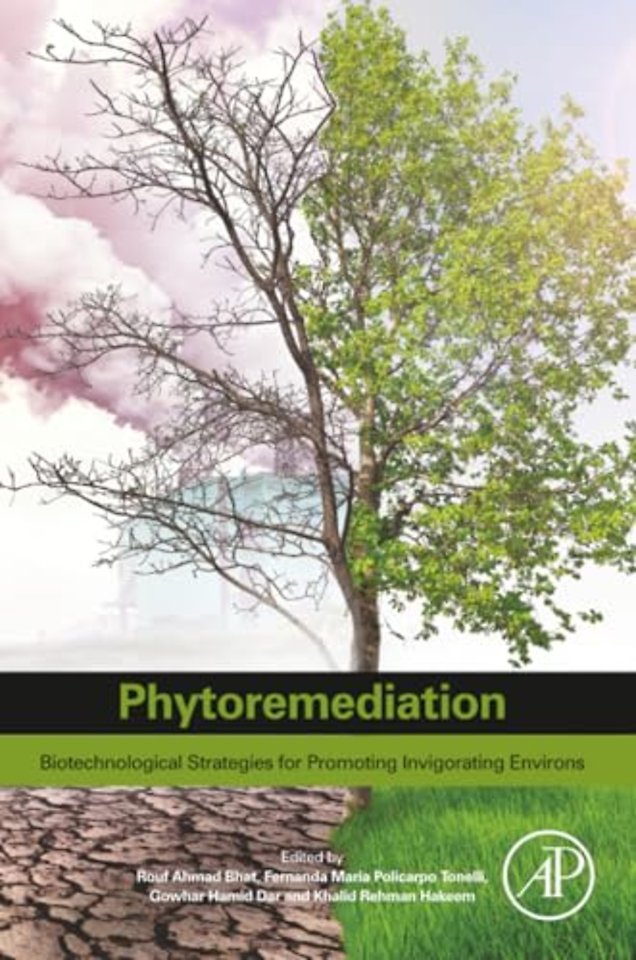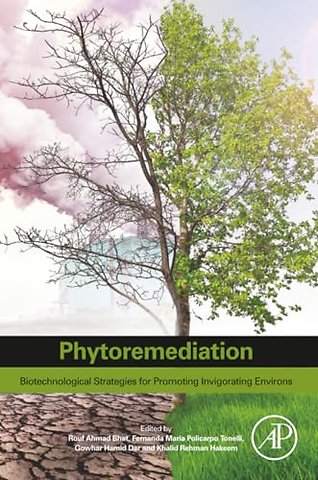Phytoremediation
Biotechnological Strategies for Promoting Invigorating Environs
Samenvatting
Phytoremediation: Biotechnological Strategies for Promoting Invigorating Environs focuses on phytoremediation’s history, present and future potential, discussing mechanisms of remediation, different types of pollutant and polluted environs, cell signaling, biotechnology, and molecular biology, including site-directed DNA and the omics related to plant sciences. Sections focus on phytoremediation as an economically feasible and environmentally safe strategy, including its mechanisms from macroscopic to microscopic level, strategies of assisted phytoremediation, the role of omics on innovations on the field, the development of genetically modified plants (GMPs) to deal with pollutants, the future prospects of targeted genetic engineering in phytoremediation and remediation advantages and disadvantages.
Other sections in the book explore the phytoremediation of specific environs (water and soil) and specific contaminants that are of major worldwide concern.

